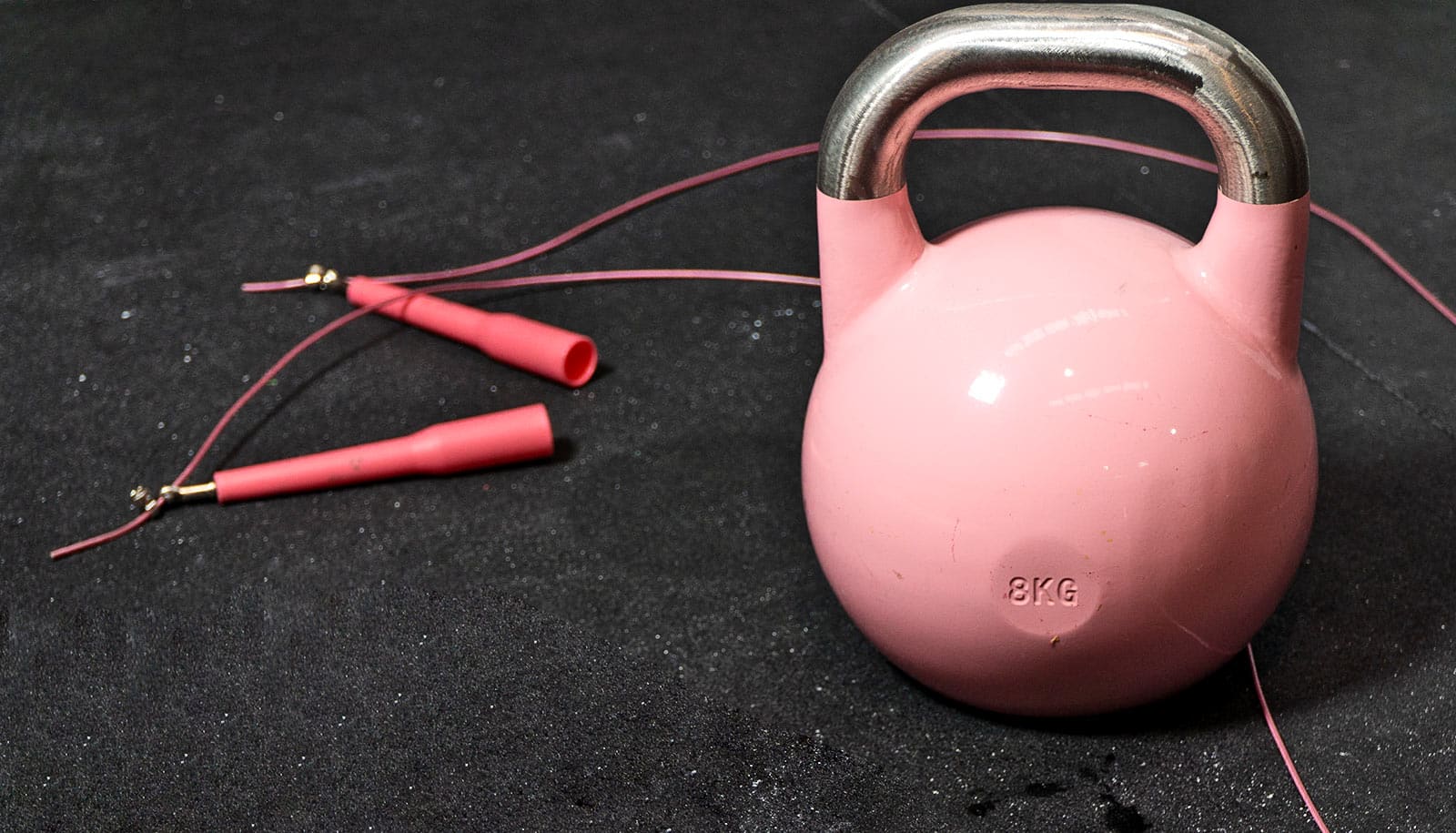A new study shows that when patients regularly monitor their blood pressure outside of the clinic, they tend to have better quality of life and lower health care expenses.
Researchers reviewed literature on the costs, benefits, and efficacy of self-monitoring of blood pressure by patients with hypertension.
The study in JAMA can help inform decisions by patients, health care providers, and policymakers on the value of self-monitoring programs.
“We collected peer-reviewed English language articles that included patients with high blood pressure, excluding studies that included children and pregnant women to ensure consistency in their analysis,” says Michelle Hayek, a graduate research assistant in the Texas A&M University School of Public Health’s Population Informatics Lab. “We excluded duplicate articles and those that didn’t compare the costs and benefits of at-home and clinical blood pressure monitoring.”
Self-monitoring of blood pressure includes both at-home blood pressure measurements (HBPM) and ambulatory measurements (ABPM) collected automatically over a 24-hour period. The research team found that around 60% of the 16 studies they reviewed in their analysis identified at-home or ambulatory blood pressure measurements to be cost-effective over conventional blood pressure monitoring in a health care office.
The analysis found that HBPM was most cost-effective when combined with extra support. Additionally, the review identified ABPM as the most cost-effective method. However, the cost benefits of self-monitoring approaches with additional support were more evident over longer periods and not as evident over six to 24 months. This may be due to the high initial costs of setting up self-monitoring programs such as equipment and training.
The findings of the studies reviewed point to long-term benefits with respect to controlling blood pressure, decreases in adverse outcomes, and improved patient quality of life. These benefits could help justify the costs of establishing a self-monitoring program over traditional methods.
Another benefit of self-monitoring, ABPM in particular, is the detection of masked hypertension and reduction of white-coat hypertension. Masked hypertension is high blood pressure that is not detected during routine in-clinic screenings. In contrast, white-coat hypertension is higher blood pressure that presents only when measured by a health care provider. This could lead to better control of hard-to-detect masked hypertension and eliminate unnecessary treatments due to white-coat hypertension.
Other benefits of self-monitoring at home identified in the studies included easier communication with health care providers, more timely advice, and better patient motivation. The researchers also note that patient preferences could have influenced differences between at-home and in-clinic care. Thus, further studies should focus on patient preferences. Additionally, there is a need for more research comparing different approaches in detail.
The findings of this review show that self-monitoring of blood pressure has the potential for better outcomes and cost benefits compared to traditional care. Having more information on the benefits of at-home blood pressure monitoring will help guide health care providers and patients in finding the best ways to manage hypertension and improve the health of millions.
Additional researchers from Texas A&M University and the University of Alabama at Birmingham contributed to the work.
Source: George Hale for Texas A&M University



